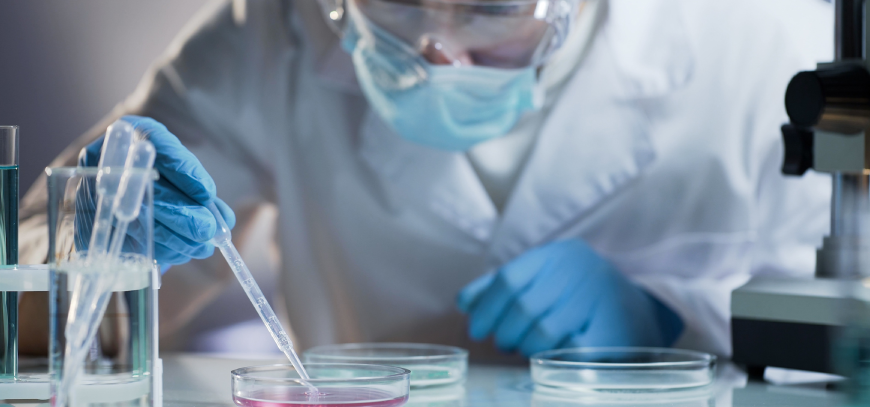Fresh and Frozen Embryo transfer

Fresh and Frozen transfer, or FET, is a helped regenerative innovation method where a recently solidified incipient organism is defrosted and moved it into a fittingly arranged uterus so as to have an infant.
Solidified incipient organism is a term for undeveloped organisms that are not moved during an IVF cycle and are regarded reasonable for cryopreservation, or freezing. The best incipient organisms are most usually chosen for move in crisp IVF cycles. Should appropriate quality incipient organisms remain, they can be solidified for later use. Not all cycles have incipient organisms that are appropriate for freezing. The pace of endurance following defrosting of solidified undeveloped organisms is roughly 70%, so just great quality incipient organisms ought to be solidified.
Incidentally a freeze-all cycle might be prescribed. Rather than moving an incipient organism following IVF, all undeveloped organisms are solidified for later defrosting so the best enduring undeveloped organism can be moved sometime in the not too distant future. Freeze-all cycles might be recommended for an assortment of reasons, for example, if the lady is sick or has uterine draining that could bring about the exchange being more averse to accomplish an effective pregnancy. Different motivations to do a freeze-all are in situations where either an uterine polyp may endanger implantation because of its size and area, or in situations where intrauterine liquid has gathered, bringing down the likelihood of the incipient organism having the option to stick to the uterine divider. In instances of ovarian hyper-incitement disorder (OHSS), a freeze-all is regularly prescribed as the danger of OHSS seriousness is fundamentally decreased if pregnancy doesn't happen. Still another sign for a freeze-all is in situations where pregnancy has not come about because of various earlier new undeveloped organism moves because of potential hindering impacts coming about because of hormonal vacillations or lopsided characteristics.
How is a FET cycle done?
Before beginning a FET cycle, the doctor needs to survey the uterine pit utilizing one of three tests:
- Hysterosalpingogram (HSG) – In which x-beam color is infused into the uterus and the depression is seen with x-beams;
- Sonohysterogram (SonoHSG) – In which saline is infused into the uterus and the pit is seen with ultrasound;
- Hysteroscopy – In which a fiberoptic degree is brought into the uterus and the cavity saw legitimately.
On the off chance that any variations from the norm are recognized, they ought to be amended precisely before going ahead with a solidified incipient organism move.
There are two conventions utilized for FET cycles. Both of these conventions use hormones to set up the uterus for undeveloped organism implantation.
The primary FET convention includes pituitary organ concealment utilizing subcutaneous infusions of Lupron for around about fourteen days to diminish the opportunity of ovulation happening out of the blue. Estrogen prescriptions are likewise given to increment uterine coating thickness, setting it up for implantation. At the point when the uterine covering has accomplished a focused on thickness, the Lupron is ended and progesterone is given. Undeveloped organism move is normally done on either the fourth or sixth day of progesterone, contingent upon which day following treatment the incipient organism had been solidified.
The second FET convention does exclude Lupron yet basically includes the utilization of estrogen for as long as 3 weeks. At the point when the endometrium arrives at a focused on thickness and ovulation has not happened, progesterone is started, trailed by incipient organism move on either the fourth or sixth day of progesterone as in the principal convention.
There is no information that any one convention works superior to anything another and the convention picked depends on your particular needs.
.png)

